One of the criticisms of the pursuit of financial independence is that it is “only for the rich”. Certainly, having a lot more money coming in every month should make it easier to set some of it aside. However, you might also observe that most people with higher incomes have higher expenses – bigger homes, faster cars, fashionable clothing, and so on. What if everyone is basically running on a hamster wheel, regardless of income?

In other words, a 0% savings rate:
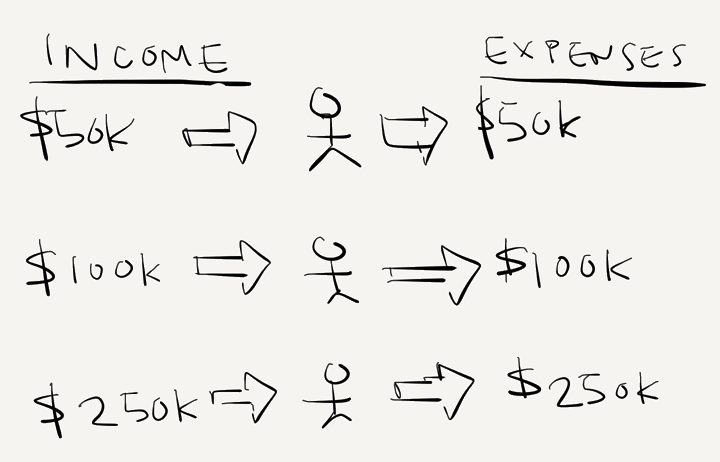
Well, according to this Economic Policy Institute analysis based on the Federal Reserve Board’s Survey of Consumer Finances and other data from 1989-2013, this is not far from the truth for everyone up to the 90th percentile of households:
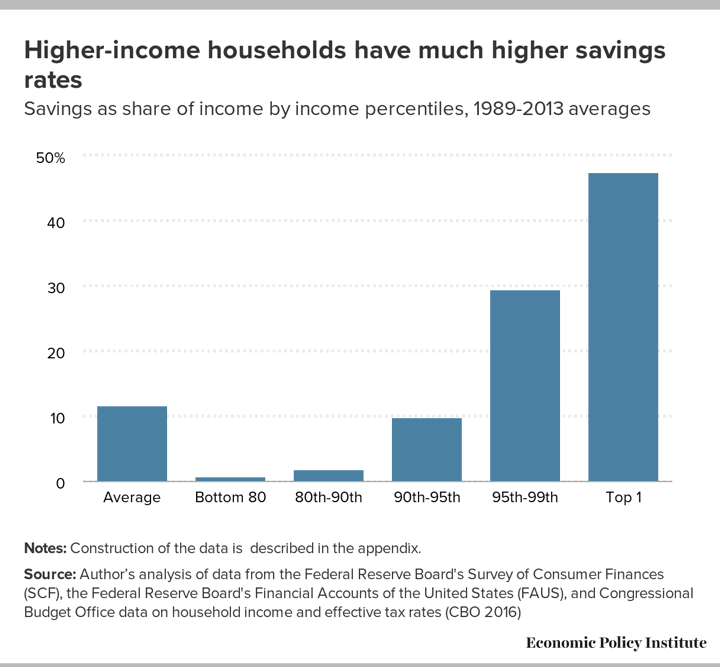
This Mother Jones chart converts the percentile numbers into annual household income:
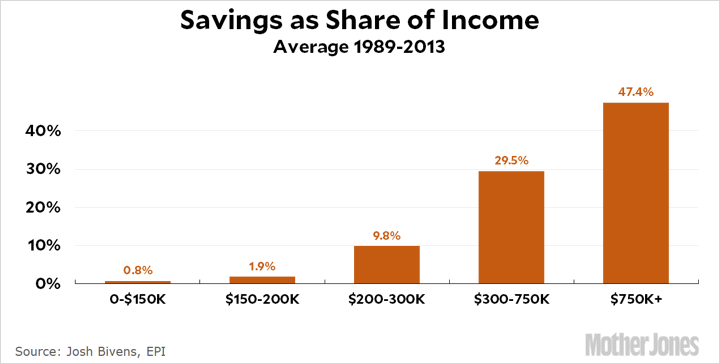
This chart shows the problem with any statistics about “average savings rate across all households”. While the average savings rate might be 10%, it’s basically zero for 90% of households while over 50% for those making over $750,000 a year (some of whom are making far, far more than $750k a year).
If you are making over $200,000 a year, then you shouldn’t be too proud that you are maxing out your 401k at $19,500 a year in 2021. If that’s all you are saving, that’s less than a 10% savings rate and you are barely average. If you’re making over $300,000 a year and only maxing out your 401k and your IRA every year, then you’re saving much less than your income bracket peers.
However, the most intriguing discovery to me is that the savings rate for those making $150k to $200k annually is essentially the same (zero) as everyone making $40k, $75k, and $125k a year! Within that wide range from $0 to $200k a year, it turns out to be pretty close to a hamster wheel! If you have any sort of significant savings in this income bracket, you should feel a little better today. Why does every household earning up to $200,000 a year, feel a need to spend nearly all of it on average? Perhaps in this range, you still believe that you are receiving “value” for that additional spending in terms of comfort, security, convenience, and/or happiness. If you can afford it, you really want it.
Let’s roughly estimate an ongoing 40% savings rate of your annual income as being on pace for truly “early” financial independence. (This assumes relatively constant income, not a big windfall.) Someone making $100,000 would have to spend as if they made $60,000 a year. I don’t see why this is impossible, as someone making $60k also spends $60k.
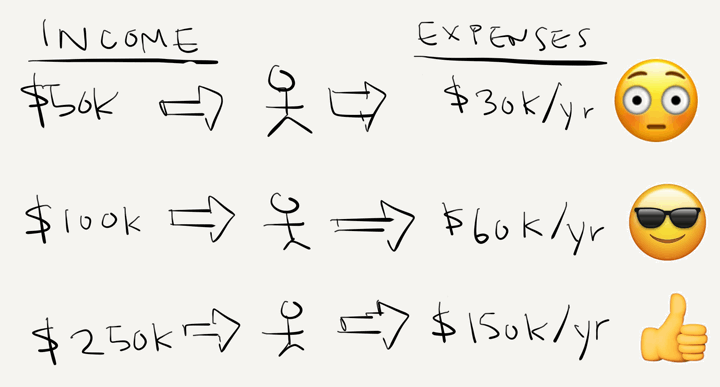
If people spend what they earn, why can’t they just pretend they earn less? If only it were so easy. So many of our choices are rooted in deep psychological desires, a combination of evolution (nature) and our childhood experiences (nurture). We are social, comparative creatures and have so many cognitive biases they barely fit on a huge infographic with tiny font. As Morgan Housel explains in The Psychology of Money:
Doing well with money has a little to do with how smart you are and a lot to do with how you behave.
As the data shows, for 99% of the population, anyone saving 40% of their income is a rare bird. While it is a more impressive and rare feat to see someone making $50k and spending $30k while putting $20k a year into productive assets, than for someone making $250k and spending $150k, you don’t get extra points for difficulty level! You should still work on increasing that income.
Bottom line. The average household earning between $0 to $150,000 per year spends nearly every dollar they year, but so does the average household earning $150,000 to $200,000 a year. Why is this, and what can we learn from it?
[Hamster wheel image credit]

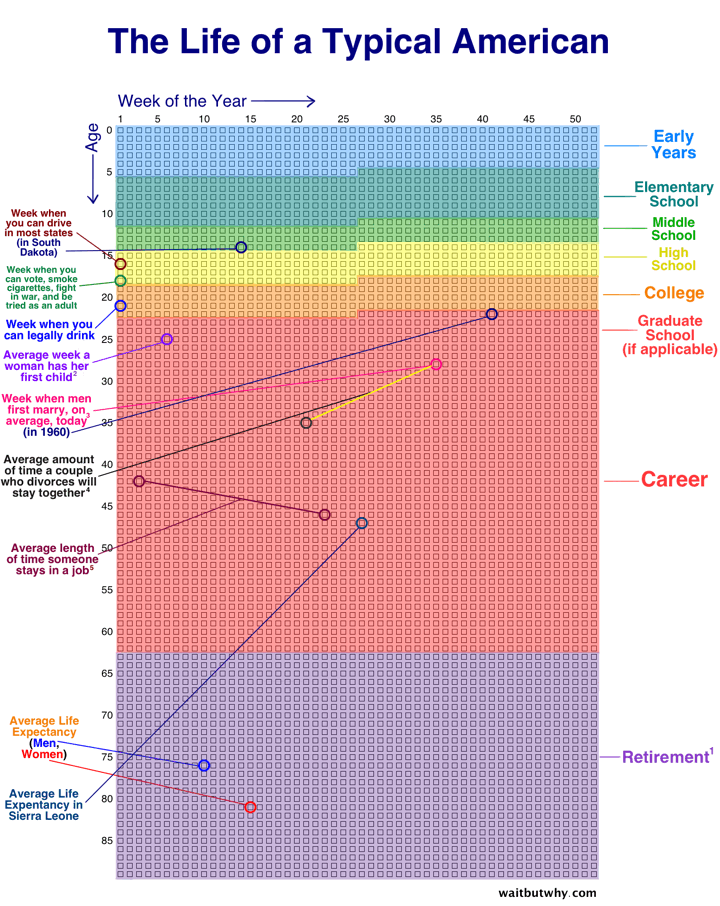
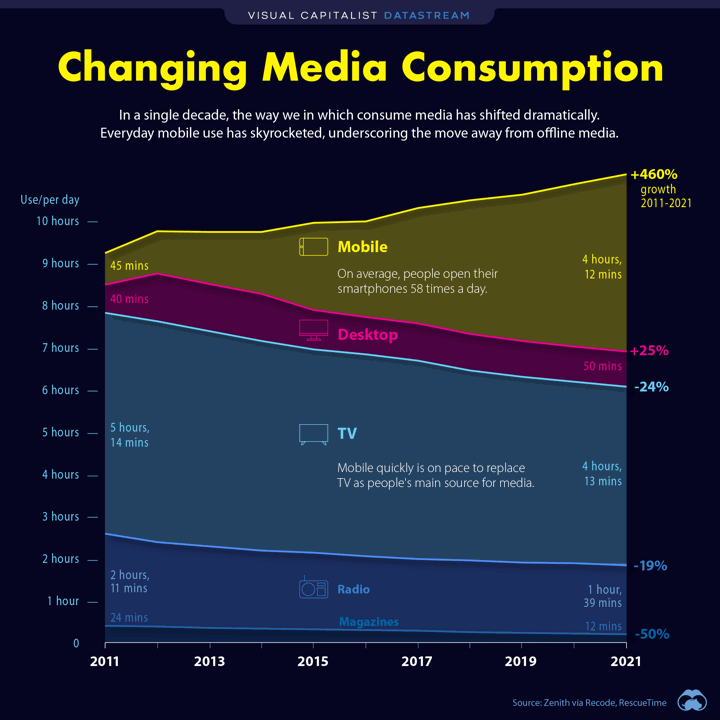
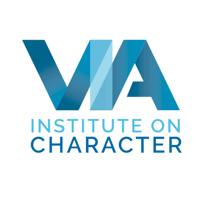
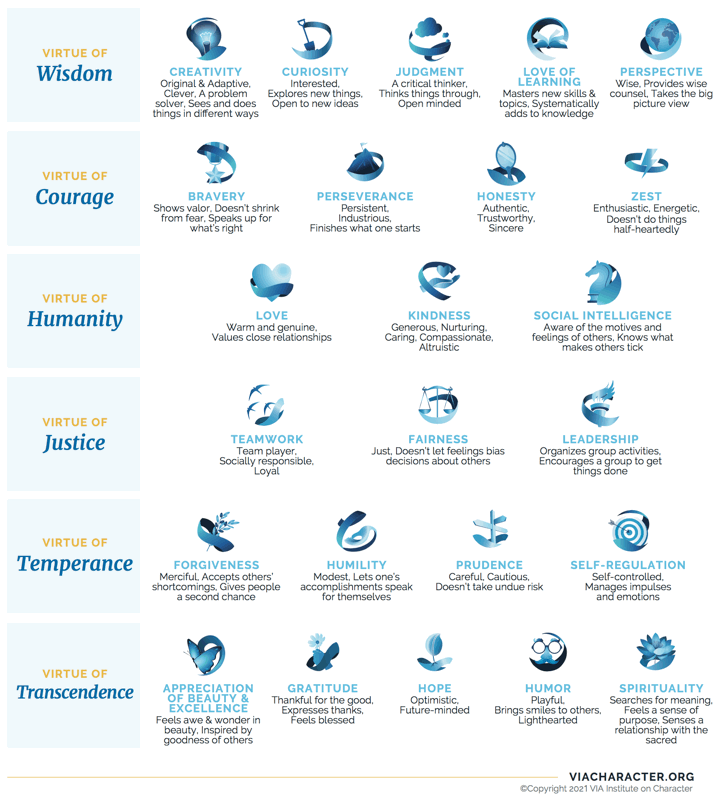
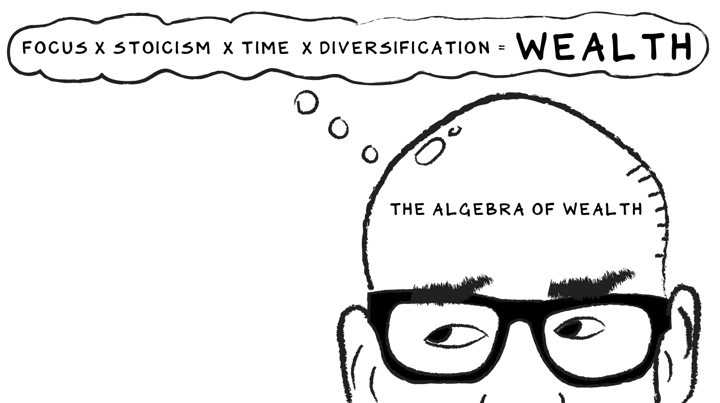
 Did you know there was an iPhone app called
Did you know there was an iPhone app called 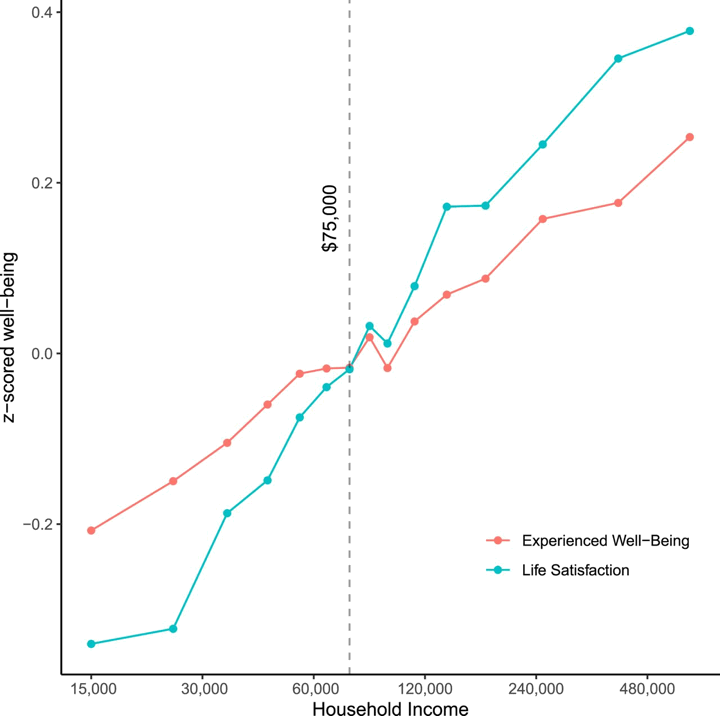
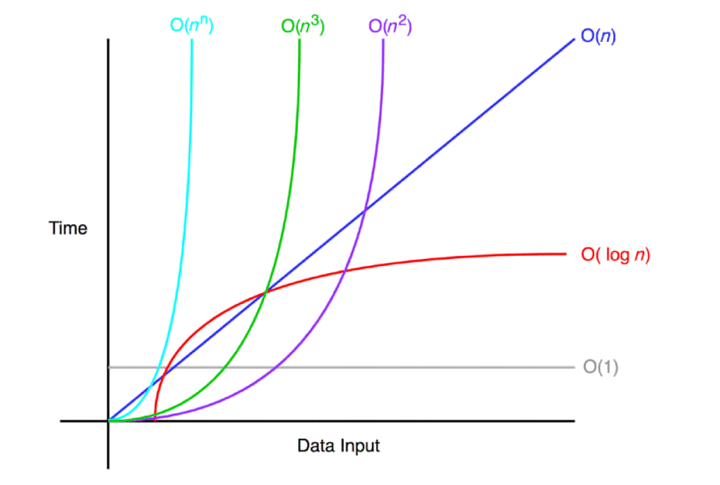
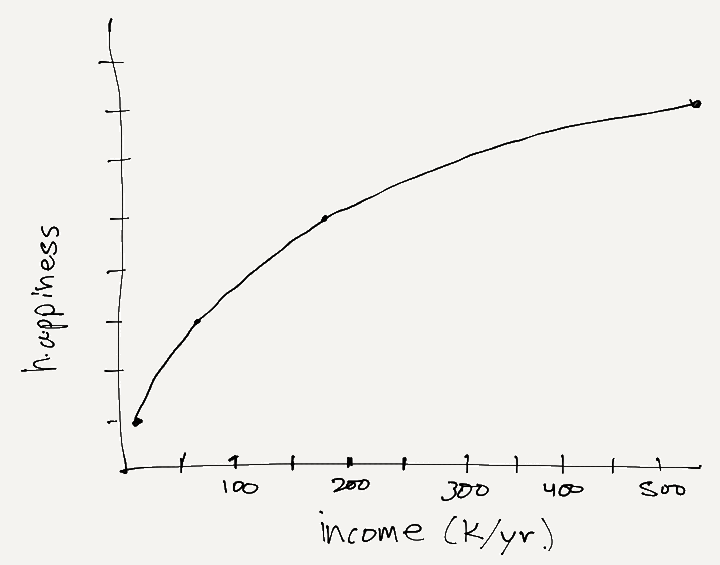
 Updated for 2021. Here is the second part of my big list of free consumer reports from over 50 different reporting agencies. The first part included your
Updated for 2021. Here is the second part of my big list of free consumer reports from over 50 different reporting agencies. The first part included your 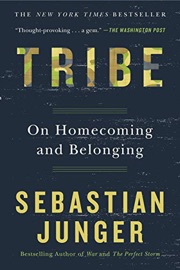 After reading the
After reading the 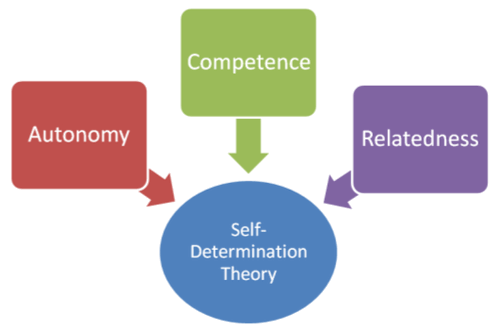
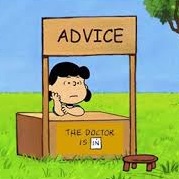
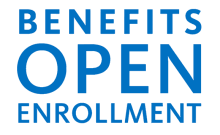
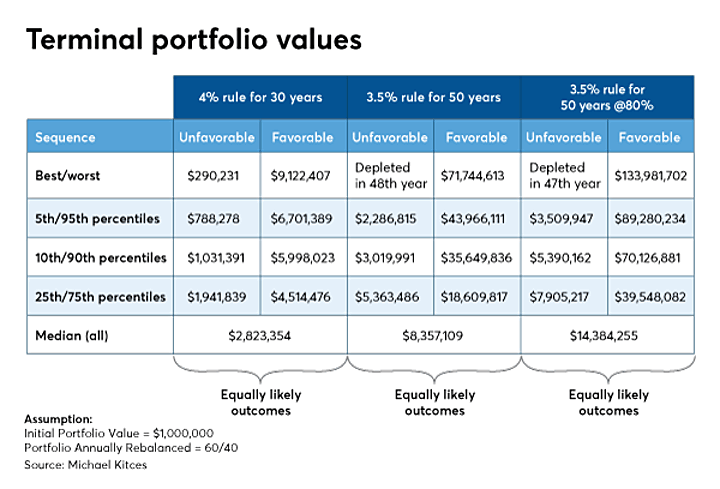
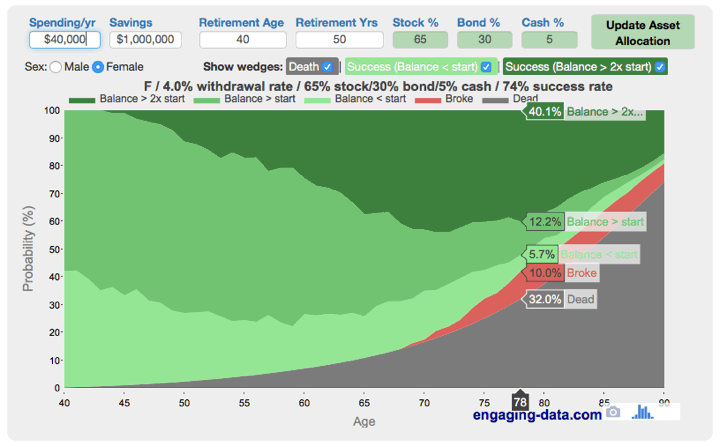
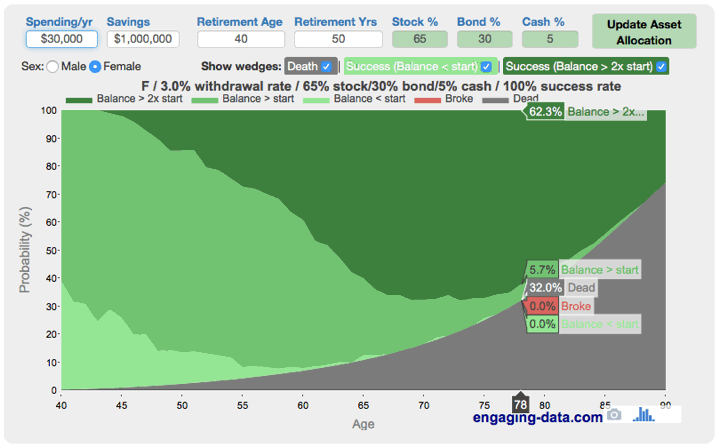
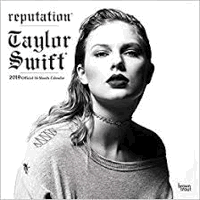 The most depressing thing I read today was
The most depressing thing I read today was 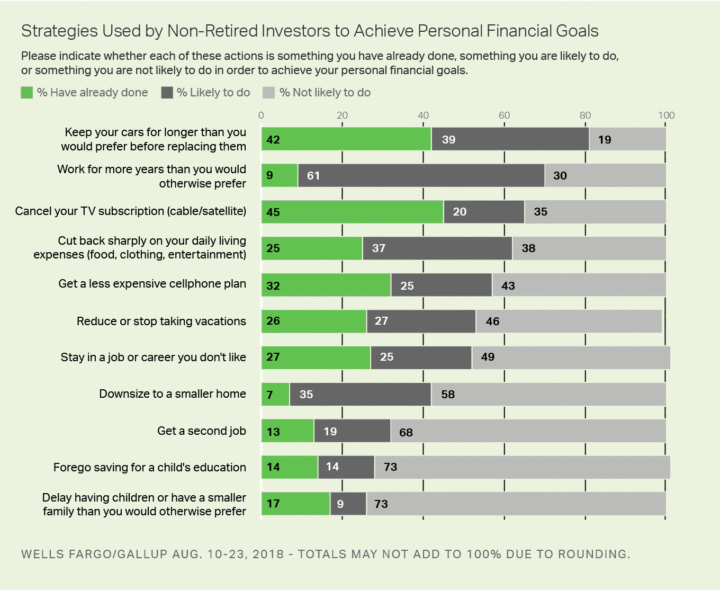
 The Best Credit Card Bonus Offers – March 2024
The Best Credit Card Bonus Offers – March 2024 Big List of Free Stocks from Brokerage Apps
Big List of Free Stocks from Brokerage Apps Best Interest Rates on Cash - March 2024
Best Interest Rates on Cash - March 2024 Free Credit Scores x 3 + Free Credit Monitoring
Free Credit Scores x 3 + Free Credit Monitoring Best No Fee 0% APR Balance Transfer Offers
Best No Fee 0% APR Balance Transfer Offers Little-Known Cellular Data Plans That Can Save Big Money
Little-Known Cellular Data Plans That Can Save Big Money How To Haggle Your Cable or Direct TV Bill
How To Haggle Your Cable or Direct TV Bill Big List of Free Consumer Data Reports (Credit, Rent, Work)
Big List of Free Consumer Data Reports (Credit, Rent, Work)